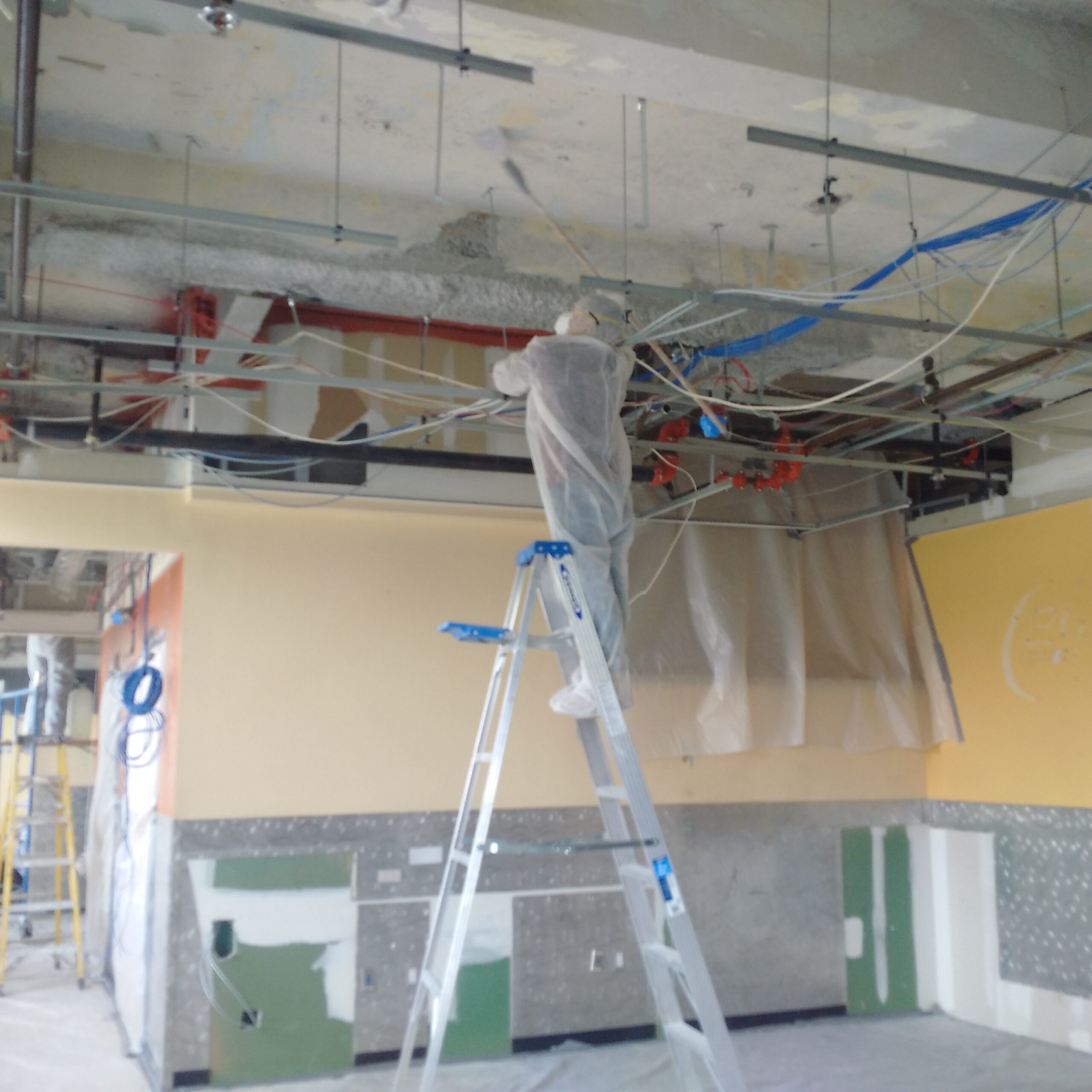Comprehensive Guide on Effective Lead Infraction Removal Techniques
In the realm of environmental safety and security, dealing with lead infractions demands a thorough and organized technique. This comprehensive overview begins by highlighting the critical initial steps of determining lead threats via advanced assessment and screening approaches. The overview elaborates on the significance of adhering to rigorous safety methods throughout the removal process, consisting of the use of proper PPE and separating influenced areas.
Recognizing Lead Hazards
Determining lead dangers is a vital very first step in minimizing the threats associated with lead direct exposure. Lead, a harmful steel, can be present in various environmental tools, consisting of paint, dirt, water, and dust. It presents extreme wellness dangers, specifically to youngsters and expectant females, bring about neurological damage and developing hold-ups. Specific identification of potential lead sources is vital for efficient remediation.
The preliminary phase in identifying lead hazards includes understanding typical lead sources within the developed setting. Frameworks constructed prior to 1978 are particularly susceptible as a result of the prevalent use of lead-based paint throughout that period. In addition, dirt contamination can happen from degrading outside paint, commercial exhausts, or historic usage of leaded gas.
One more substantial source is lead piping and pipes components, which can leach introduce alcohol consumption water. Consumer goods such as toys, ceramics, and imported items may additionally include dangerous lead levels. Notably, occupational environments and hobbies including lead can track pollutants right into homes.
Analysis and Screening
When dealing with lead risks, efficient analysis and screening are vital. This critical action makes certain the recognition and quantification of lead visibility, therefore guiding subsequent remediation initiatives. Preliminary assessment usually involves a visual inspection to identify prospective lead resources, such as wearing away paint or polluted dust. This is enhanced by even more strenuous screening approaches to establish the extent of contamination.

Dirt wipe tasting is an additional crucial method, particularly in household settings. By gathering samples from floors, windowsills, and various other surface areas, this technique gives understandings into possible exposure dangers. Dirt screening around structure perimeters is important to identify lead contamination that can pose risks, particularly to youngsters.
Safe Elimination Procedures
Upon finishing complete assessment and testing, executing risk-free removal procedures is the following vital stage in dealing with lead hazards. This process ensures that lead-contaminated materials are effectively and safely gotten rid of, reducing risk to both employees and citizens. The very first step involves isolating the affected location using plastic sheeting and appropriate securing techniques to avoid the spread of lead dust.
Workers must wear ideal personal safety devices (PPE), consisting of respirators, gloves, and non reusable coveralls, to reduce exposure. Using specialized tools and wet techniques, such as wet sanding or utilizing HEPA-filtered vacuums, reduces the dispersion of lead particles. It is essential to prevent completely dry fining sand or unpleasant blasting, as these techniques can generate hazardous lead dirt.
Garbage disposal is one more crucial component; all contaminated materials must be safely gotten and labeled according to EPA and local guidelines. In addition, comprehensive cleansing of the workplace with HEPA vacuum cleaners and wet cleaning makes certain the removal of recurring lead fragments.
Post-Removal Confirmation

Verification of successful lead removal, referred to as post-removal confirmation, is necessary to guarantee the security and habitability of the remediated location. This procedure entails a series of thorough analyses and examinations created to spot any type of residual lead fragments that may posture wellness risks. The first step commonly consists of an aesthetic assessment to evaluate the conclusion and top quality of the removal work. This examination makes Check This Out certain that all known sources of lead have been resolved and that no noticeable indications of contamination continue to be.
Complying with the aesthetic evaluation, environmental tasting is performed. This includes gathering dirt, dirt, and in some cases water examples from the remediated area. Recognized laboratories assess these samples to gauge lead levels, ensuring they drop listed below the security thresholds established by governing bodies such as the Epa (EPA)
Additionally, air high quality testing may be executed to discover airborne lead fragments, especially in instances where substantial lead-based paint elimination or renovation has occurred. The outcomes of these tests provide quantitative information verifying that the lead levels are within acceptable restrictions.
Eventually, post-removal confirmation offers as a vital checkpoint, verifying the effectiveness of the lead reduction efforts and safeguarding the wellness of passengers and visitors.
Safety Nets and Upkeep

A key precautionary step includes making use of lead-safe certified service providers for any type of restoration, fixing, or paint activities. These experts are educated in methods that decrease lead dirt and particles. Additionally, preserving colored surface areas to stay clear of chipping or peeling is essential, as wearing away paint can release lead particles right into the setting.
Educational efforts targeting residential property owners and lessees relating to the threats of lead and the value of reporting any kind of potential hazards can better boost preventive initiatives. Regular cleansing utilizing HEPA linked here vacuums and wet mopping strategies can dramatically decrease lead dust build-up.
Conclusion
In summary, efficient lead offense elimination requires a precise approach incorporating complete evaluation, accurate testing, and stringent elimination procedures. Continuous examinations and maintenance are important to alleviate future lead risks, therefore protecting public health and ensuring sustained conformity with regulative requirements.